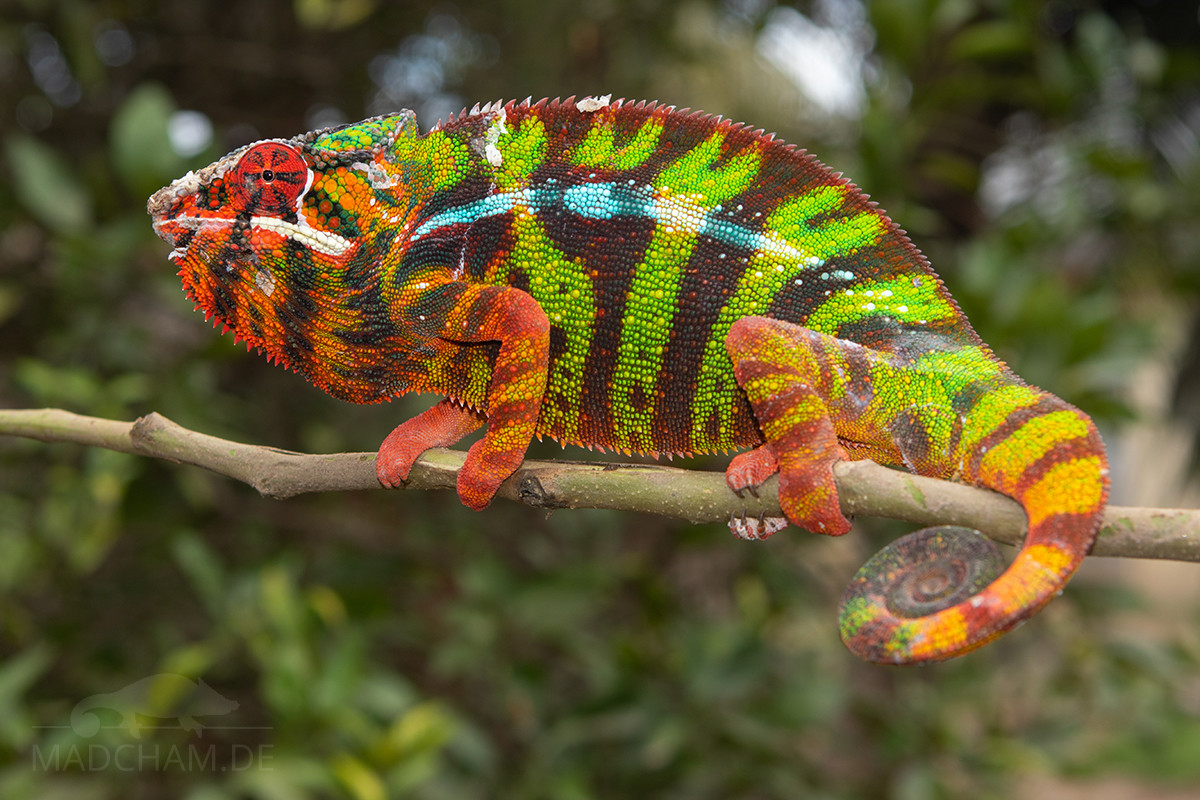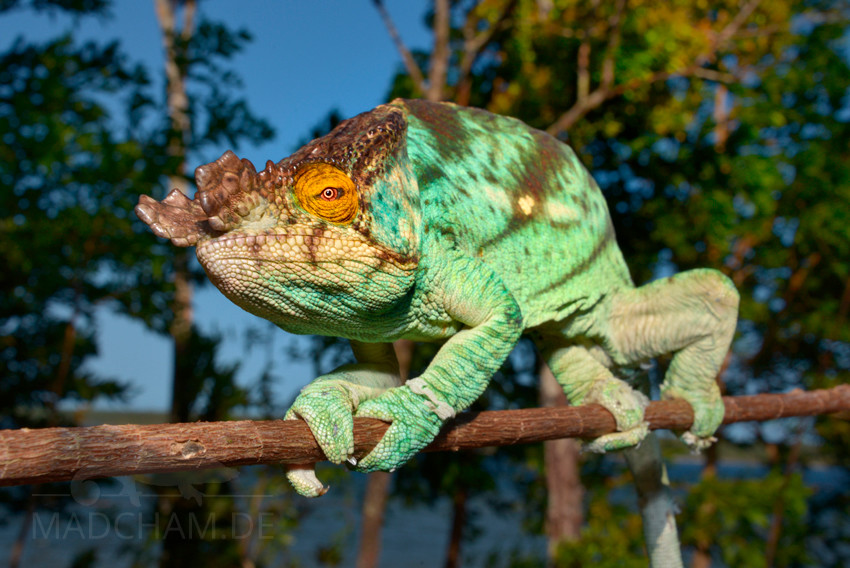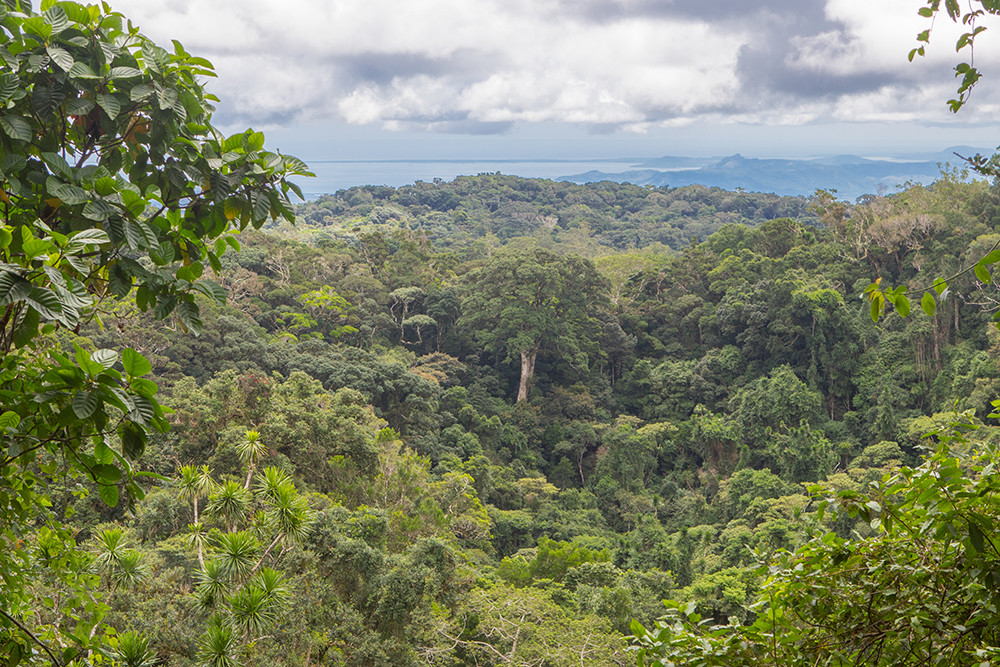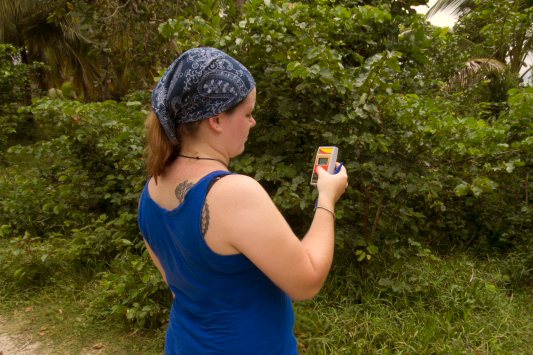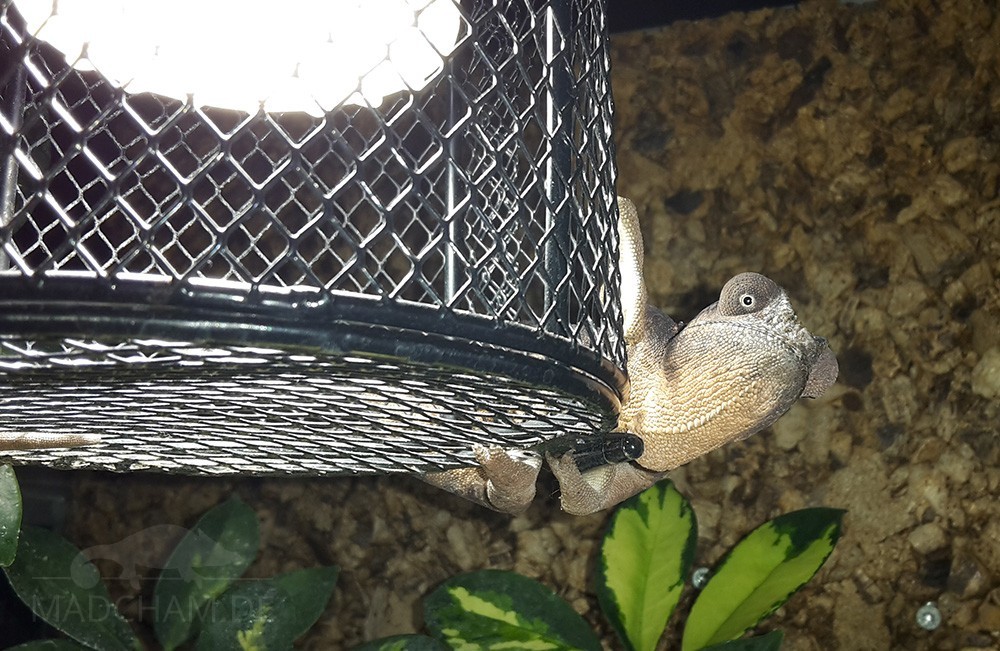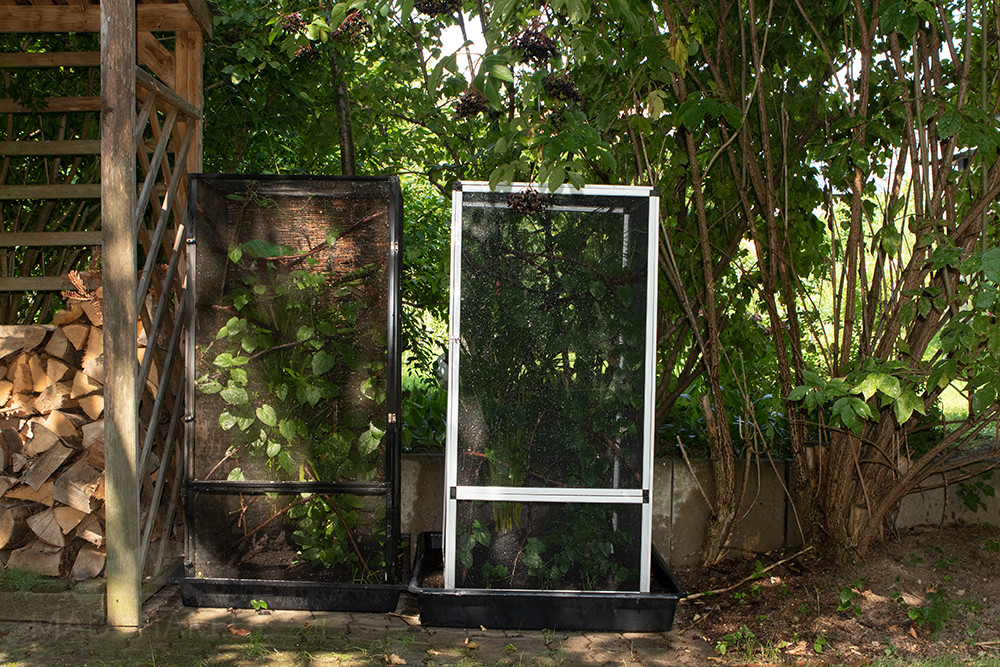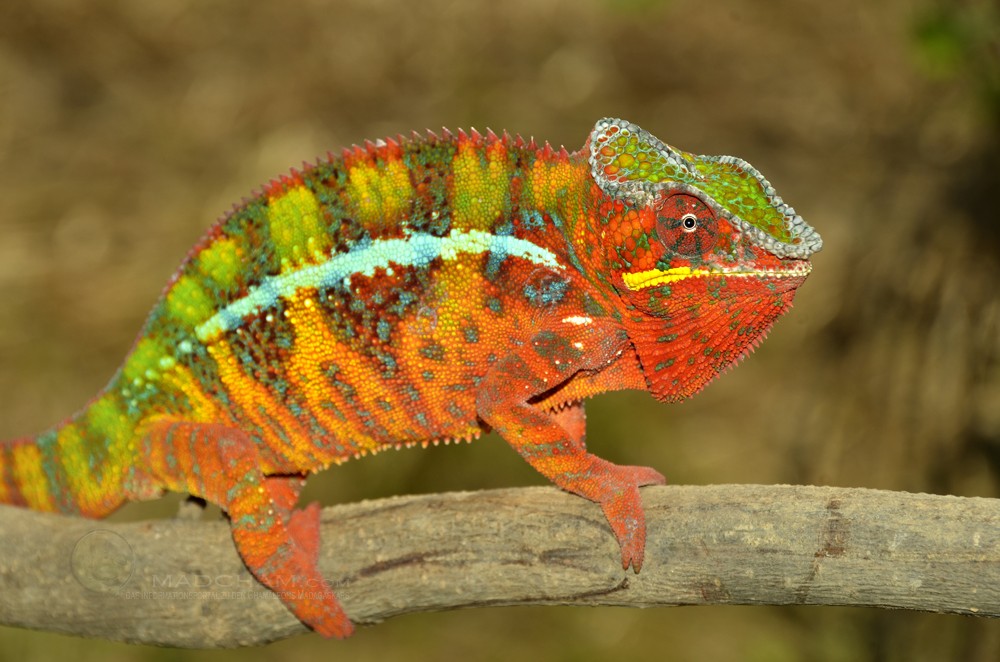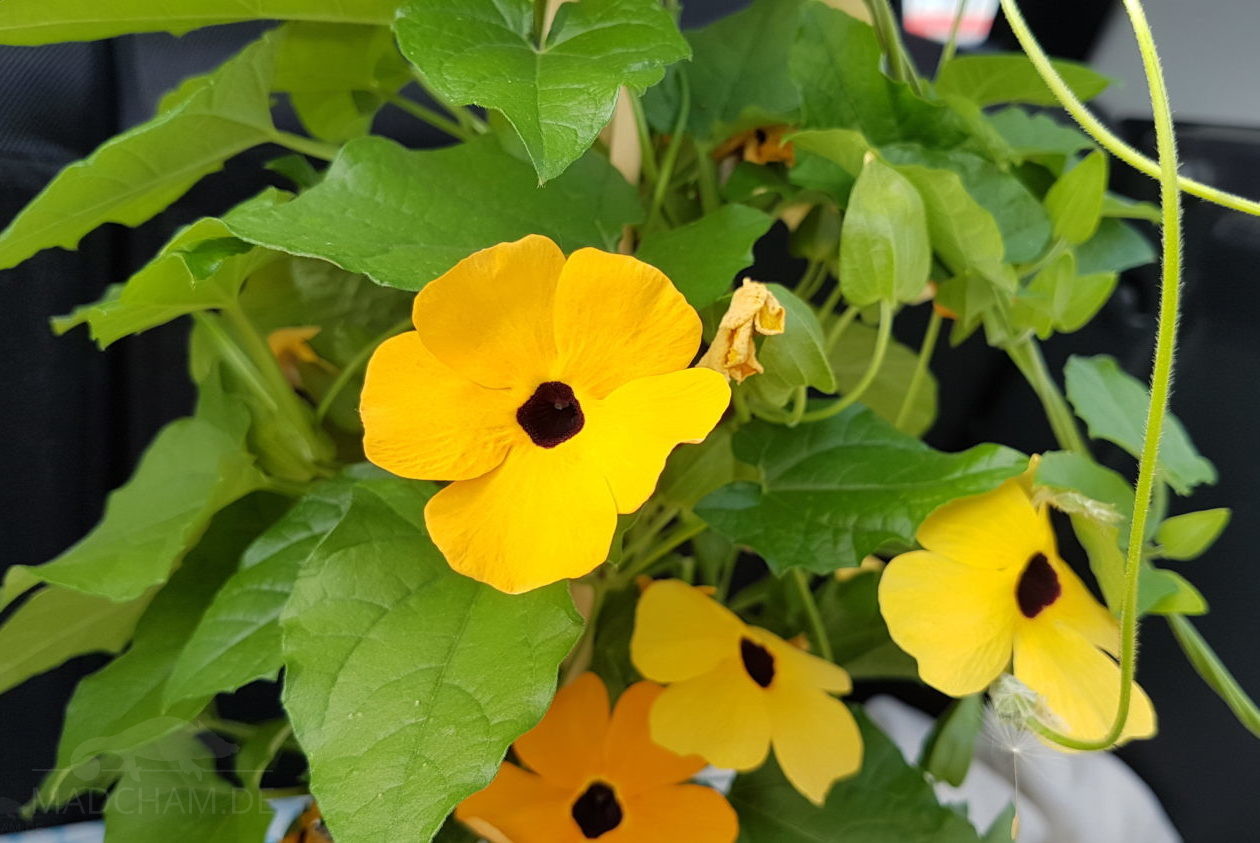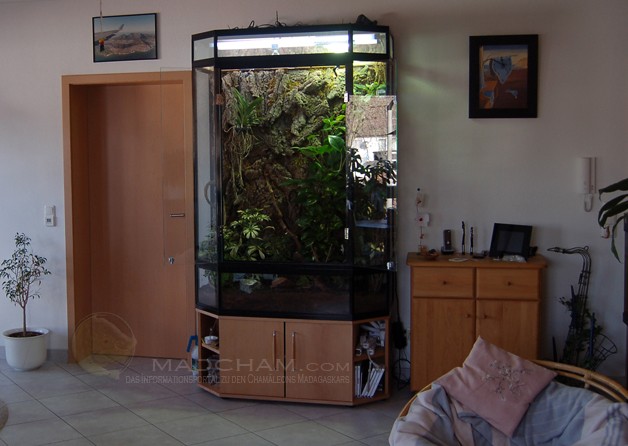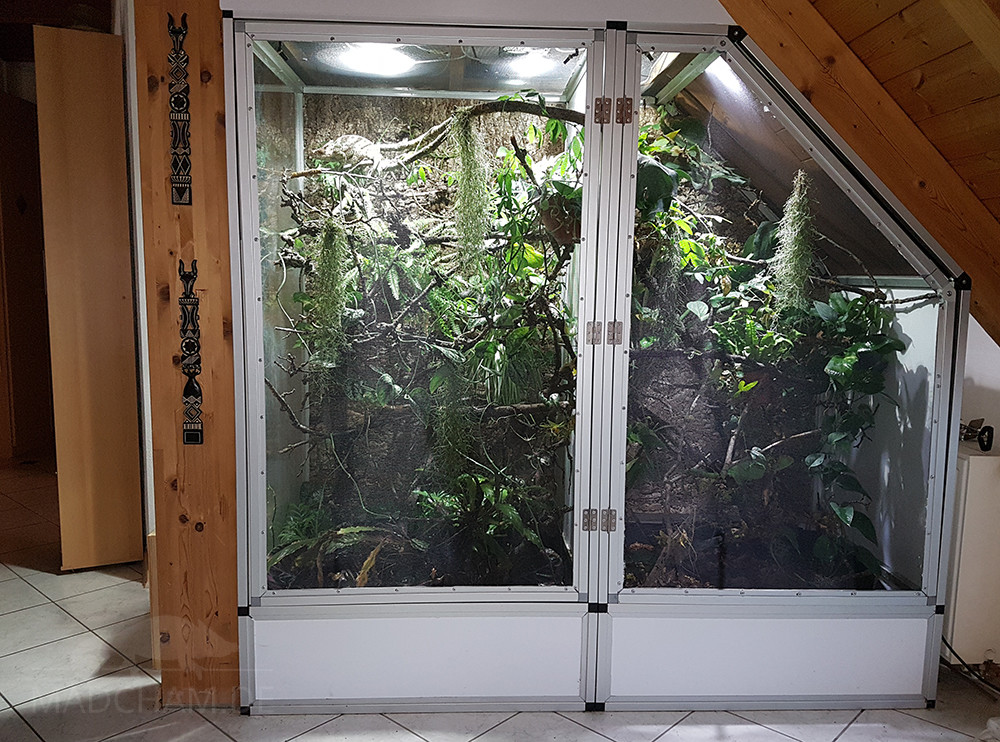Vacation care
Compared to pets such as dogs and cats, chameleons have a decisive advantage: they do not require extensive care every day. This comes into play especially when you want to go on holiday or...
Brumation
Among many chameleon keepers, it is a recurring topic: hibernation in the terrarium. Should you offer a brumation period, if yes with which species and why at all? This article is intended to get...
Water supply
Chameleons in Madagascar can be seen drinking mainly during rain and in the morning. They do not drink from stagnant water but actively take in moving water from plants or branches in particular. There...
UVB radiation
What is UVB radiation? UVB is the abbreviation for Ultraviolet B. This is a part of the solar radiation that reaches the earth. Only about 5% of the sun’s rays are ultraviolet rays at...
Outdoor enclosures
Many chameleon species can be kept outside in Europe at least temporarily. Chameleons, like many other reptiles, benefit greatly from the real solar radiation, various weather influences and the natural temperature development in outdoor...
Wild caught or captive bred?
If you want to buy a chameleon, you will need to decide sooner or later whether you like to have a captive bred (cb) individual or a wild caught (wc) chameleon. Generally, in our...
Plants for the cage
Here we have compiled an alphabetic list of plants that are suitable for various chameleon terrariums. However, some of them contain potentially toxic substances, so these should not be used for those chameleons that...
Building a cage – which material?
Glass Cages made of glass belong to the oldest in keeping reptiles, and have been staying keepers in good stead for years. Unfortunately, many standard glass cages in common shops are not suitable for...
Size & ventilation of the cage
Size The final size of a chameleon cage has to comply with the needs of the future inhabitant, not the other way round. Please pay attention to the species’ acitivity as well as the...

